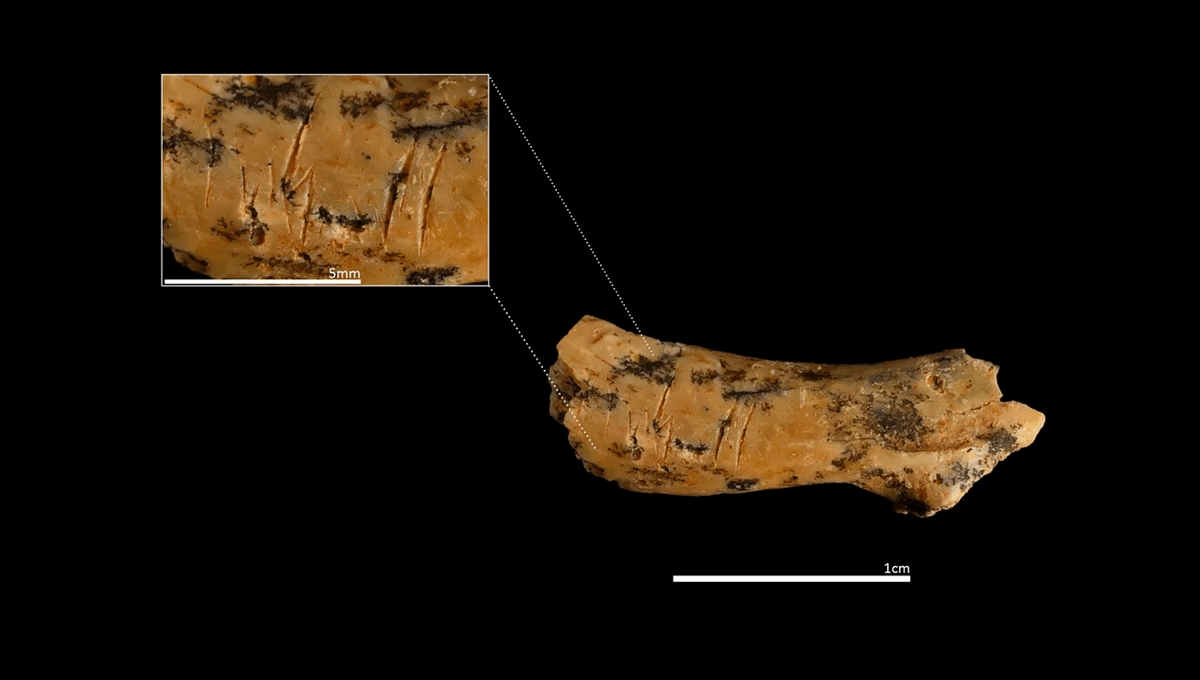-
Nieuws Feed
- EXPLORE
-
Pagina
-
Blogs
-
Forums
850,000-Year-Old Remains Suggest Prehistoric Child Was Decapitated And Eaten By Its Own Kind

850,000-Year-Old Remains Suggest Prehistoric Child Was Decapitated And Eaten By Its Own Kind
Warning: This is a grisly one. Around 850,000 years ago, a small child belonging to a now extinct human species was decapitated and processed for food, according to new archaeological finds in northern Spain.
The specimen, a tiny vertebra, belonged to a two- to four-year-old member of the archaic human species known as Homo antecessor, which was recently excavated from the Gran Dolina site in Sierra de Atapuerca, Spain. This species of human lived in Western Europe during the Lower Palaeolithic era, around 1.2 million to 800,000 years ago. Some have argued that this species may have represented the common ancestor of Neanderthals and Homo sapiens. The vertebra showed evidence of precision cutting, while other bones found at the site exhibited marks characteristic of defleshing and intentional fracturing. These are typical indicators of meat being removed for food and are common on animal bones eaten by these early humans. The team also discovered a tooth belonging to Homo antecessor at the site. Image credit: Maria D. Guillen/IPHES-CERCA “This case is particularly striking, not only because of the child’s age, but also due to the precision of the cut marks,” Dr Palmira Saladié, IPHES-CERCA researcher and co-director of the Gran Dolina excavation alongside Dr Andreu Ollé, explained in a statement. “The vertebra presents clear incisions at key anatomical points for disarticulating the head. It is direct evidence that the child was processed like any other prey.” Although this is a pretty unpalatable find, it is not the first time such behavior has been identified at this site. Nearly thirty years ago, the same archaeological level revealed the first known case of human cannibalism in the world. “What we are documenting now is the continuity of that behaviour: the treatment of the dead was not exceptional, but repeated,” said Saladié. The new evidence, which was excavated in July this year, adds to our belief that these humans exploited one another as a food source and possibly as a form of territorial control. In addition to the child’s vertebrae, archaeologists also recovered a hyena latrine with over 1,300 coprolites (fossilized poop) that were plopped on the level just above where the human remains were found. Such overlaying evidence helps archaeologists reconstruct who or what occupied the cave at different times, and as a result, get a better understanding of the history of interspecies competition in this environment. The archaeologists believe there is likely more to be discovered at the site, especially in relation to human bones. “Every year we uncover new evidence that forces us to rethink how they lived, how they died, and how the dead were treated nearly a million years ago,” Saladié concluded. 


